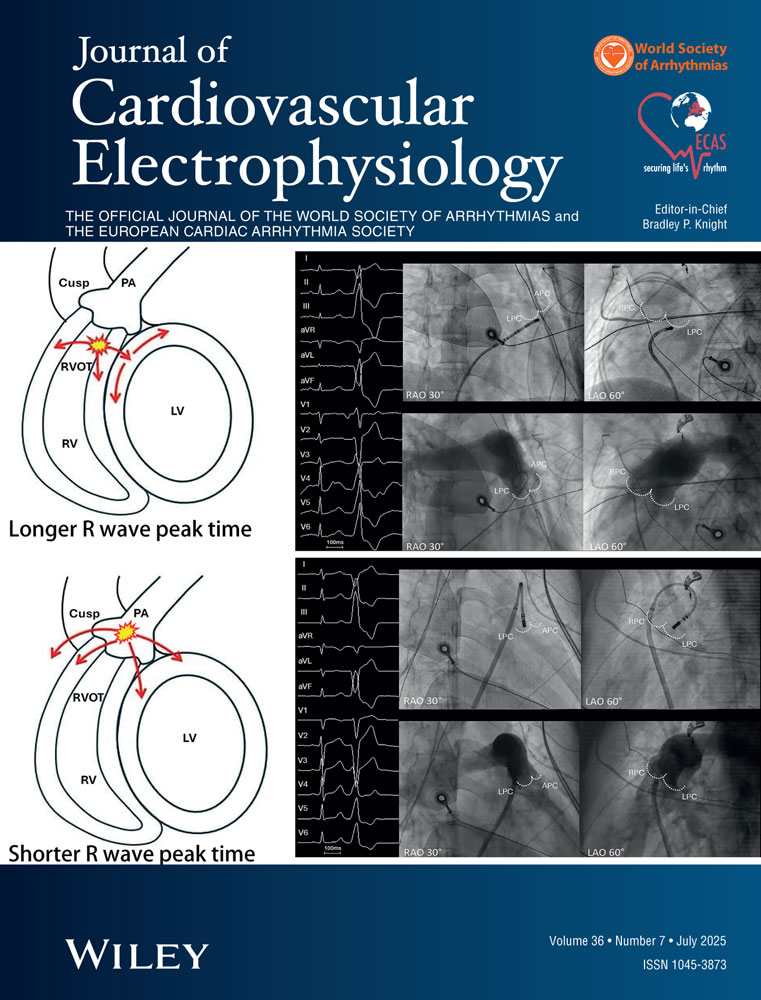Nonuniform Anisotropy is Responsible for Age-Related Slowing of Atrioventricular Nodal Reentrant Tachycardia
Dr. Anselme was supported by a grant from La Fédération Française de Cardiologie. Dr. Anselme's current address is: Hôpital Charles Nicolle, Service de Cardiologie, I rue de Germont, 76000 Rouen, France.
The authors gratefully acknowledge the excellent technical assistance of Philippa Beswick.
Abstract
Age-Related Slowing of AVNRT. Introduction: AV nodal reentrant tachycardia cycle length has been shown to he longer in the elderly population. Microfibrosis associated with aging producing nonuniform anisotropic conduction or changes in membrane ionic properties could explain this finding.
Methods and Results: Forty-five patients (33 women and 12 men) with typical AV nodal reentrant tachycardia were studied to analyze the effects of age on electrophysiologic characteristics of the tachycardia using high-density catheter mapping of the triangle of Koch. We classified patients into group A (age ≤ 45 years, mean [± SD] 32.7 ± 8.8, n = 27) and group B (age > 45 years, mean [± SD] 61.1 ± 10.2, n =18). Retrograde atrial activation was recorded during tachycardia by means of a 2-mm decapolar catheter at the His bundle, a quadripolar catheter at the high right atrium, a multipolar catheter (6 to 10 poles) in the coronary sinus, and a deflectable quadripolar catheter at the posterior triangle of Koch. The AH interval at the AV junction as well as HA intervals at several atrial sites were measured during tachycardia. HA intervals at all atrial recording sites except in the posterior triangle of Koch were significantly longer in group B, as well as the tachycardia cycle length (362 vs 329 msec, P = 0.01). The mean AH interval was prolonged by 24 msec in group B, but this difference did not reach statistical significance. A sequential pattern of retrograde atrial activation during tachycardia was more frequently recorded in group B.
Conclusions: Since the delayed activation to the atrium was heterogeneous, transverse nonuniform anisotropic conduction is a likely explanation of these age-related modifications of AV nodal reentrant tachycardia characteristics.




